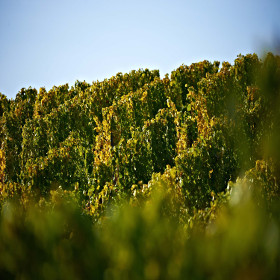Wine house Kissel
history
In 1714, the ancestors of the Kissel family came to Saulheim and laid the foundation for a farm. Through determination and diligence, they quickly gained prestige, which can still be seen today on a street named after the family in the old town center of Saulheim, the "Kisselgasse".
In 1923, Karl Kissel I, the grandfather of the present generation, began to focus exclusively on viticulture and wine trade. By the purchase of vineyards, he gradually built a wine house.
The Weinhaus Kissel is today run by Karl IV, grandson of the first Karl, in the 3rd generation with his wife Marika and her son Magnus Karl Kissel.
Vineyard sites and soils
The vineyards of the Kissel family are located on about 20 ha around Saulheim in the best locations Probstey, Hölle and Schlossberg.
The sites are characterized by the optimal soils for red and white wines, consisting of shell limestone, clay and limestone.
The mild climate in the region, especially the microclimate in the individual sites, contributes significantly to the high quality of the wines.
Winemaking and processing
In the vineyard the purposeful working towards a high-quality wine quality starts already.
- Targeted pruning in the spring, environmentally conscious use of treatment products and conscientious
- Tillage during growth has a quality enhancing effect on the wine.
- The consistent observation of the grape development allows a harvest at the optimal time.
- The grape harvest, which has been determined according to strict criteria and the gentle handling of the grapes, as well as a guided fermentation form the necessary basis for the quality-oriented winemaking intended by us.
English and French speaking visitors are welcome.












